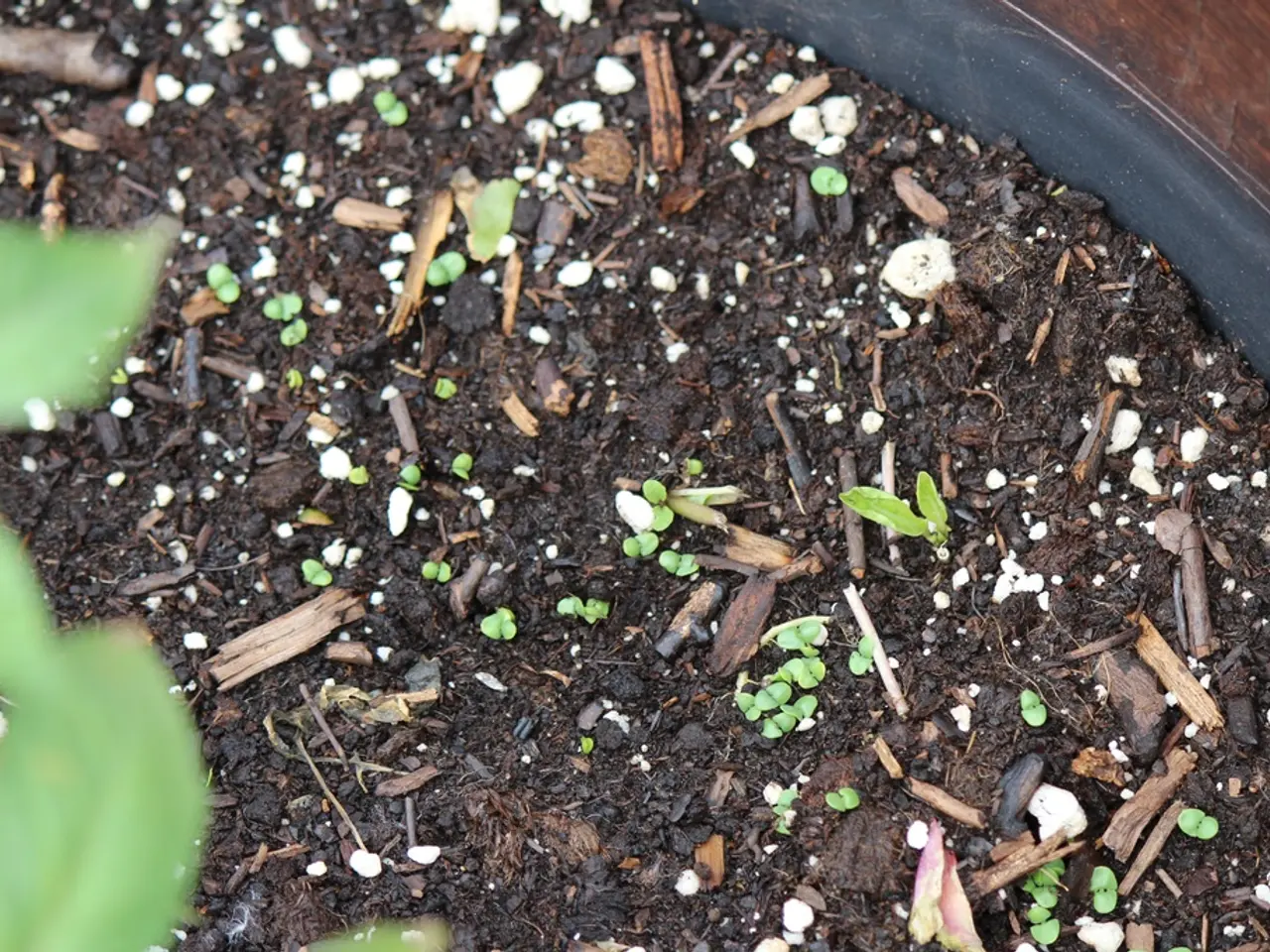Plant Nutrient Absorption: Soil's Crucial Role in Nourishing Vegetation
In the intricate world beneath our feet, soil plays a vital role in supporting the growth of plants. The composition and texture of soil significantly influence the availability and accessibility of essential nutrients, shaping the way plants thrive.
One key factor is soil texture. Finer-textured soils, rich in clay and other small particles, exhibit a greater nutrient storage capacity due to their increased surface area for nutrient retention and supply. On the other hand, sandy soils, while allowing for root penetration and respiration, drain water and nutrients quickly, making them less efficient for nutrient storage.
Plants have evolved strategies to cope with nutrient-limited soils. One such strategy involves the use of proton pumps, cation channels, and anion co-transporter channels to facilitate mineral absorption. Proton pumps create an electrochemical gradient, causing positively-charged protons to bind to negatively-charged clay particles and release cations. These cations are then transported into the root hairs through cation channels, while anion co-transporter channels use the energy from the transport of protons to move anions against their concentration gradient and into the root hairs.
The availability of nutrients in the soil is also influenced by its chemical properties. For instance, soil pH plays a crucial role in nutrient availability. Certain micronutrients become less soluble and less available to plants in acidic or alkaline soils.
Plants have also formed mutualistic relationships with microorganisms to enhance their ability to acquire minerals from the soil. Mycorrhizal fungi, in particular, play a crucial role in this process. They increase the absorptive surface area of plant roots, allowing them to access additional soil resources beyond the depletion zone. Mycorrhizal fungi also improve nutrient solubility and assist in breaking down organic matter, making minerals like phosphorus, nitrogen, and trace elements more available to plants.
Mycorrhizal fungi also help solubilise tightly bound nutrients and increase the plant's production of solubilising enzymes, making bound nutrients more accessible. In addition, they reduce nutrient runoff by increasing the absorptive surface area and mitigating the negative effects of over-fertilisation.
Legumes, for example, acquire nitrogen through mutualistic symbioses with rhizobia bacteria, forming specialized structures in the plant roots called nodules. This symbiotic relationship allows the plant to fix atmospheric nitrogen, a process that is crucial for plant growth.
However, over time, intensive agricultural practices have led to a decline in soil fertility, with a decrease in organic matter and an increase in soil erosion. This decline in soil fertility can lead to nutrient deficiencies in plants, resulting in stunted growth, reduced fertility, and leaf discolouration due to decreased chlorophyll production.
Understanding soil composition and texture is essential for effective nutrient management. By fostering healthy soil, we can support the growth of plants, ensuring a balanced supply of all necessary nutrients for optimal plant growth. This, in turn, contributes to a healthier ecosystem and a more sustainable food system.
In some extreme cases, carnivorous plants supplement their nutrient access in extremely nutrient-poor soils by digesting insects or small vertebrates. While this is not a common strategy for most plants, it underscores the importance of soil fertility for plant growth and health.
In conclusion, the intricate dance between plants, soil, and microorganisms is a testament to nature's resilience and adaptability. By understanding this dance, we can work towards sustaining our planet's ecosystems and ensuring a future of healthy, productive plants.







